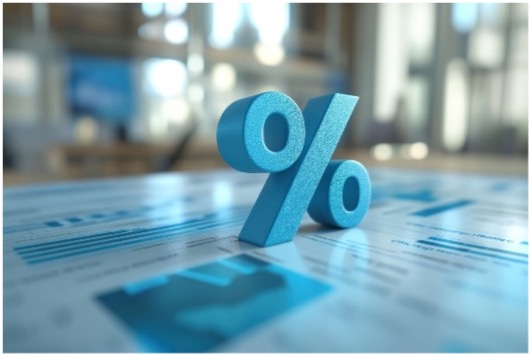In today’s financial landscape, one question continues to weigh heavily on the minds of economists, investors, and everyday Americans alike: What will the Federal Reserve do next with interest rates?
With inflation still elevated and economic growth showing signs of both resilience and slowdown in different sectors, the Fed’s decisions around interest rates remain a key driver of uncertainty. Recent search trends and headlines show many are wondering when (or if) rate cuts will come—and what it could mean for the broader economy and their personal finances.
Why Interest Rates Matter
The Federal Reserve raises or lowers interest rates to help maintain a healthy balance between economic growth and inflation. When inflation is high, raising rates can help cool spending and borrowing, bringing prices back in line. When the economy slows, lowering rates makes borrowing cheaper, which can help stimulate growth.
Over the last few years, the Fed raised interest rates aggressively in response to post-pandemic inflation. While inflation has moderated somewhat, it’s still above the Fed’s long-term target of 2%, and the path forward remains uncertain.
What’s Behind the Uncertainty?
Several conflicting signals are making the Fed’s job—and the market’s predictions—more difficult:
- Sticky Inflation: While inflation has cooled from its peak, it remains above target in key areas like housing, healthcare, and services.
- Slower Growth in Some Sectors: Manufacturing and commercial real estate have shown signs of weakness, while consumer spending remains relatively strong.
- Labor Market Resilience: Unemployment is still low, which gives the Fed room to keep rates higher for longer—but also raises the risk of cooling the economy too much if rate cuts come too late.
- Global Factors: Geopolitical tensions, supply chain disruptions, and global demand can all impact the U.S. economy and influence Fed decisions.
What Could Happen Next?
At this point, the Fed has signaled that while it’s not in a rush to cut rates, it also doesn’t want to hold them high for too long and risk triggering a recession. The market has gone back and forth on expectations, and recent commentary from Fed officials suggests they’re looking for more consistent signs that inflation is truly under control before making any moves.
If the Fed cuts rates too soon, inflation could resurge, leading to further hikes and more economic volatility.
If the Fed waits too long, it risks stalling growth and potentially tipping the economy into recession.
What This Means for Investors and Retirees
For retirees or those approaching retirement, interest rate shifts can impact:
- Bond Yields and Income: Higher rates can mean better income from CDs or fixed-income investments—while falling rates may require rebalancing to preserve yield.
- Market Volatility: Uncertainty around Fed policy can cause market swings. A well-diversified portfolio aligned with your risk tolerance remains key.
- Spending Power: Inflation still affects everyday expenses, so planning for cost-of-living adjustments in retirement income is more important than ever.
The Bottom Line
The Fed’s decisions on interest rates are not just headlines—they’re real drivers of your financial life. While uncertainty will always be part of the economic picture, having a long-term plan that’s built to weather different cycles can help you stay on track regardless of what the Fed does next.
If you’re wondering how interest rate changes could affect your personal financial plan, let’s connect. We’re not worried—because your plan is built for times like these. We’re here to guide you through every turn, so you can keep focusing on what matters most: enjoying life with confidence and a clear path forward.


